Hey there, young explorers! Are you ready to dive into the amazing world of plants? Let us embark on an exciting journey where you will discover the secrets of how plants grow and thrive. From tiny seeds to towering trees, the plant life cycle is full of wonder and magic! So, grab your curiosity and let us have some fun learning about the incredible lives of our green friends.
Seed Germination Experiments
One of the best ways to start understanding the plant life cycle is by observing seed germination. This simple yet powerful experiment allows kids to witness the magical transformation of a seed into a sprout. To conduct this experiment, you will need —
- A variety of seeds (e.g., beans, sunflower, peas)
- Clear plastic cups
- Cotton balls or paper towels
- Water
Steps:
- Place a few cotton balls or paper towels at the bottom of each cup.
- Moisten the cotton balls or paper towels with water.
- Place the seeds on top of the damp cotton.
- Place the cups in a sunny spot and observe daily.
Encourage kids to keep a journal and document the changes they see each day. They will notice the seeds swell, roots start to grow, and eventually, small shoots appear. This hands-on activity helps kids understand the initial stages of plant growth.
Create a Plant Growth Timeline
Creating a visual timeline helps kids grasp the concept of different stages in a plant’s life cycle. This activity involves drawing or using pictures to represent each stage of plant growth, from seed to fully grown plant.
You can use —
- Large sheets of paper or a poster board
- Markers or crayons
- Printed images of plant stages (optional)
Steps:
- Divide the paper into sections for each stage: seed, germination, seedling, mature plant, flowering, and fruiting.
- Draw or paste pictures of each stage in the appropriate section.
- Write a brief description of what happens during each stage.
This visual aid reinforces the sequence of the plant life cycle and helps kids remember the stages more effectively.
Build a Mini Greenhouse
A mini greenhouse is a fantastic way to teach kids about the conditions plants need to grow. It is a fun and interactive way to learn about the importance of sunlight, water, and air. To make a mini greenhouse, you will need:
- A clear plastic container with a lid
- Small pots or seed trays
- Potting soil
- Seeds
- Water
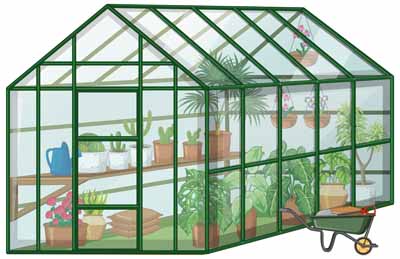
Steps:
- Fill the pots or seed trays with potting soil and plant the seeds.
- Place the pots inside the clear plastic container.
- Water the soil gently.
- Close the lid to create a greenhouse effect.
Place the mini greenhouse in a sunny spot and observe how the seeds germinate and grow. Kids will learn about the greenhouse effect and how it helps retain moisture and warmth, creating an ideal environment for plants to thrive.
Interactive Plant Life Cycle Games
Games are an excellent way to make learning about plants fun and engaging. Various online and board games focus on the plant life cycle. Here are a few ideas:
- Plant Life Cycle Bingo: Create bingo cards with different plant stages and components. Call out descriptions, and kids mark the corresponding images on their cards.
- Plant Life Cycle Board Game: Design a board game where players move through spaces representing different stages of the plant life cycle. Players answer questions or perform tasks related to each stage to advance.
- Online Interactive Games: There are several educational websites with interactive plant life cycle games that kids can play on computers or tablets.
These games not only reinforce knowledge but also encourage teamwork and critical thinking.
Plant Dissection
Dissecting a plant can be a fascinating way for kids to learn about the different parts of a plant and their functions. For this activity, you will need:
- A mature plant (e.g., a flower, a small herb)
- A dissecting tray
- Tweezers and a magnifying glass
- A diagram of plant parts
Steps:
- Carefully uproot the plant, keeping the roots intact.
- Place the plant in the dissecting tray.
- Use the tweezers and magnifying glass to examine and separate the different parts of the plant (roots, stem, leaves, flowers).
- Match the plant parts to a diagram and learn about their functions.
This hands-on activity allows kids to explore plant anatomy and understand how each part contributes to the plant’s overall health and growth.
Fun Facts About Plants
Incorporating fun facts can make learning about plants even more exciting. Here are a few interesting tidbits to share with kids:
- The world’s oldest known tree is a bristlecone pine named Methuselah, which is over 4,800 years old.
- Bamboo can grow up to 35 inches in a single day, making it one of the fastest-growing plants in the world.
- The Rafflesia arnoldii, also known as the “corpse flower,” produces the largest individual flower on Earth and emits a strong odour of rotting flesh to attract pollinators.
Table: Plant Life Cycle Stages and Activities
Here is a table summarising the plant life cycle stages and corresponding interactive activities:
Plant Life Cycle Stage | Activity |
Seed | Seed Germination Experiment |
Germination | Mini Greenhouse |
Seedling | Plant Growth Timeline |
Mature Plant | Plant Dissection |
Flowering | Plant Life Cycle Games |
Fruiting | Fun Facts About Plants |
Through these interactive activities, kids will learn about the plant life cycle and develop a deeper appreciation for the natural world. These hands-on experiences foster curiosity and creativity, making science education enjoyable and memorable. So, gather your supplies and embark on an exciting journey through the world of plants!
For more such informative/interesting blogs, visit Mother’s Pet Kindergarten.

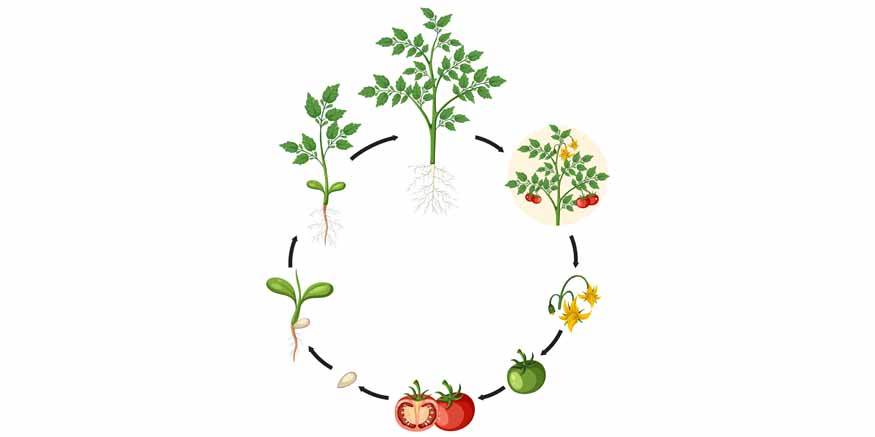


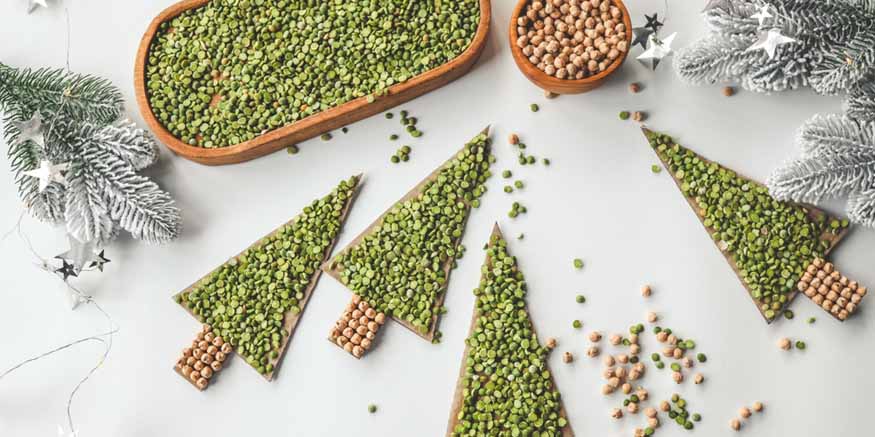

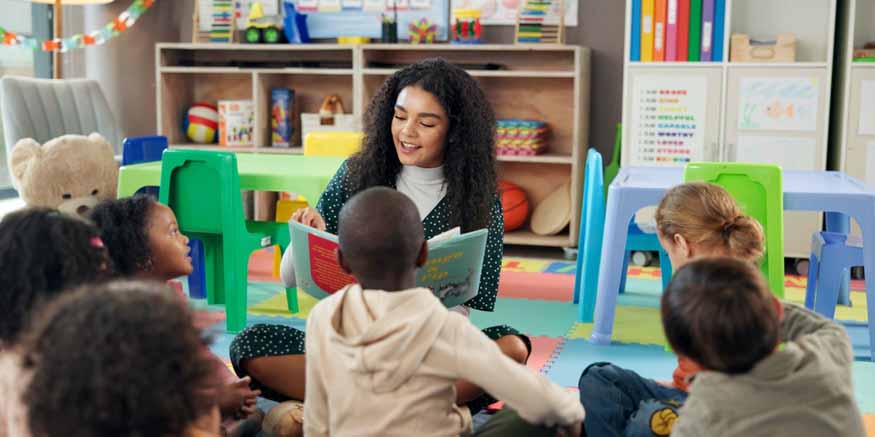
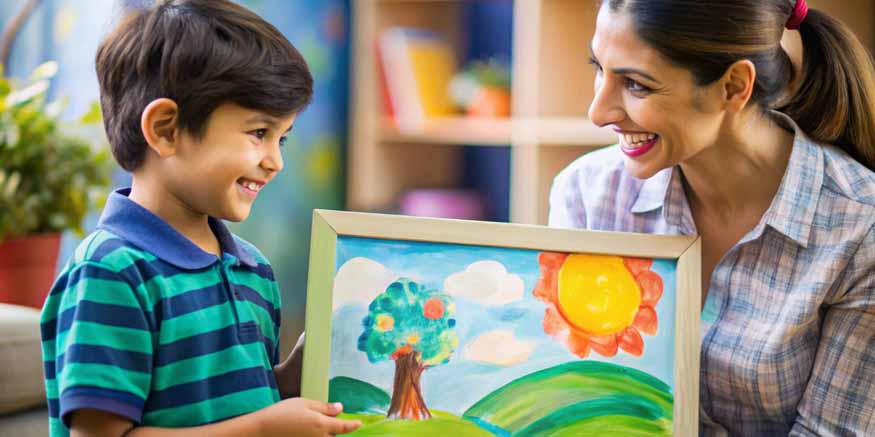
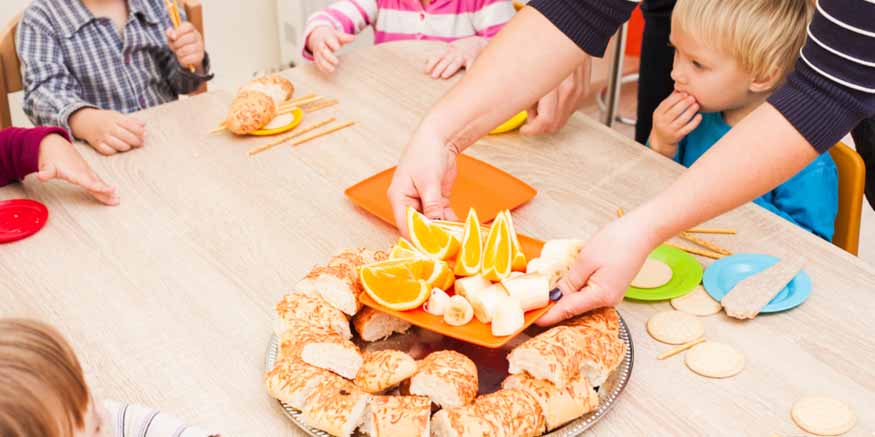
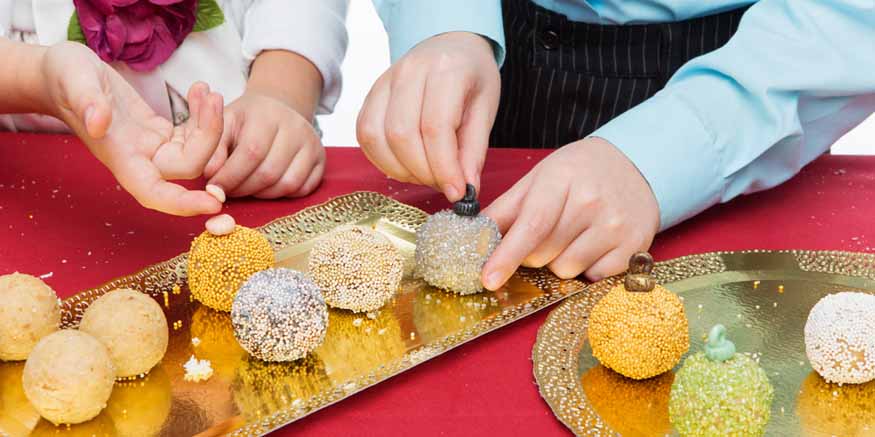
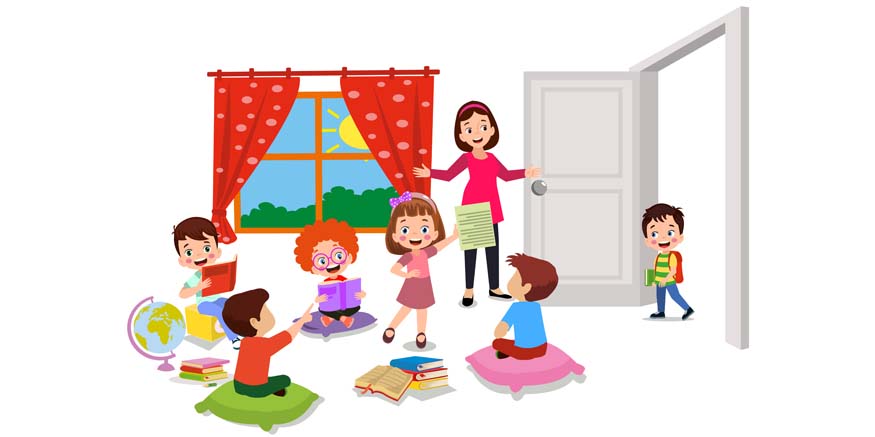
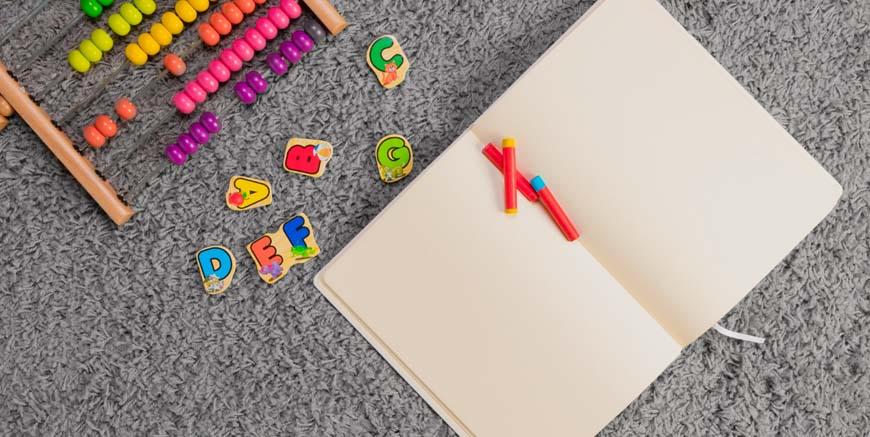

Recent Comments